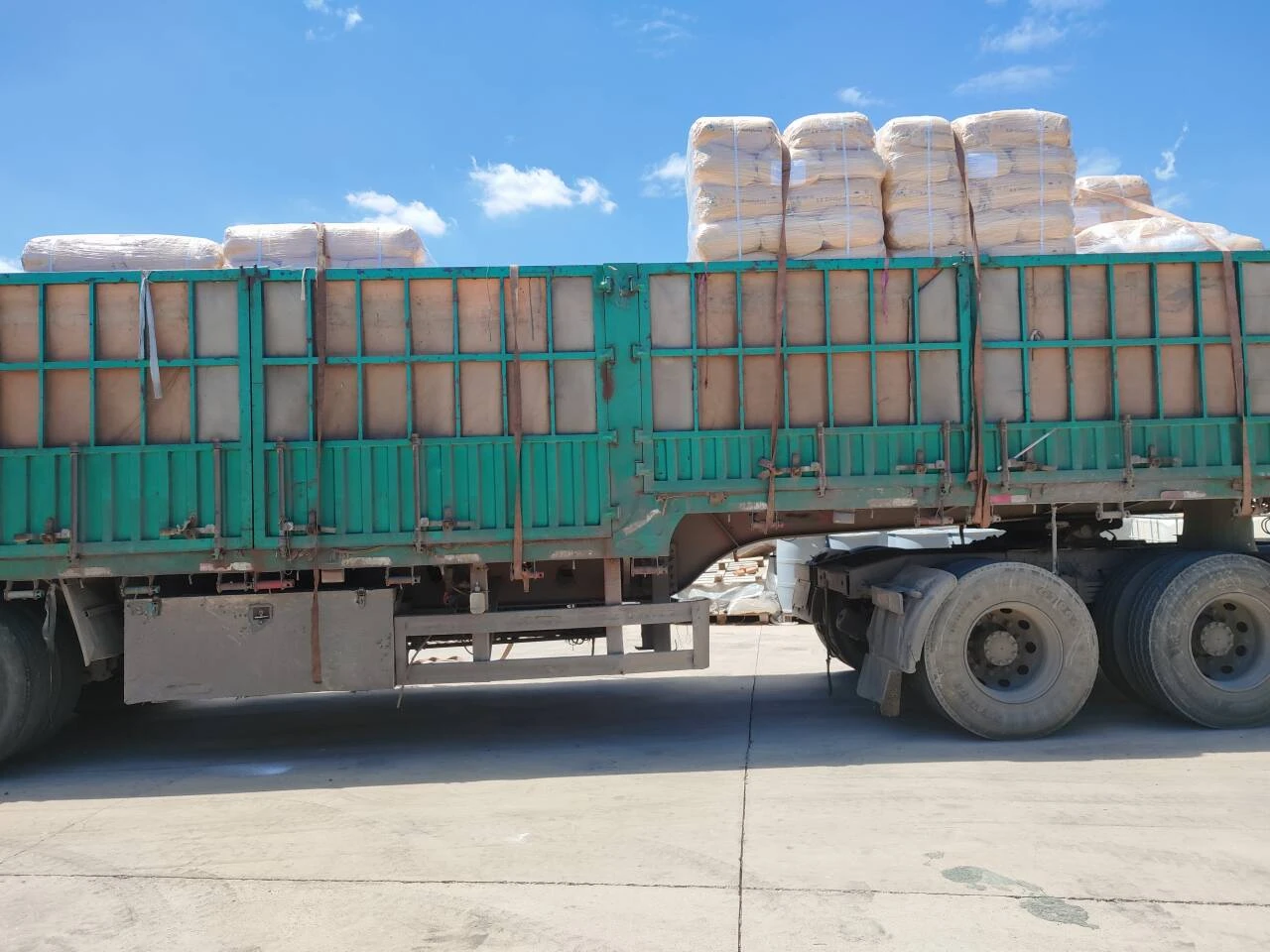Chemical Water Purification Methods
Water is an essential resource for all forms of life, and ensuring its purity is vital for health and the environment. Chemical water purification methods are widely used to eliminate contaminants and improve water quality. These methods can be categorized into several key processes coagulation and flocculation, disinfection, and advanced oxidation processes.
Coagulation and Flocculation
The first step in many water treatment processes involves coagulation and flocculation. This method is effective in removing suspended solids and colloidal particles from water. During coagulation, chemicals known as coagulants (such as aluminum sulfate or ferric chloride) are added to the water. These coagulants neutralize the charges on suspended particles, allowing them to clump together and form larger particles, or flocs.
Once these flocs are formed, the water undergoes flocculation, where gentle mixing encourages the flocs to grow larger. After sufficient flocculation, the mixture is allowed to settle, and the larger flocs can be removed as sludge. This phase reduces turbidity and prepares the water for subsequent purification steps.
Disinfection
After removing larger particles, the next critical method in chemical water purification is disinfection. Pathogens such as bacteria, viruses, and parasites pose significant health risks. Therefore, disinfectants such as chlorine, chloramine, or ozone are introduced to kill or inactivate these harmful organisms.
chemical water purification methods

Chlorination is one of the most common disinfection methods; it is effective and relatively inexpensive. However, it can produce harmful byproducts, such as trihalomethanes, which are a concern for public health. Alternatives, such as ultraviolet (UV) light or ozone, provide effective disinfection without chemical residues, but they may require more advanced technology.
Advanced Oxidation Processes
For removing stubborn organic contaminants and improving overall water quality, advanced oxidation processes (AOPs) have gained popularity. AOPs involve the generation of powerful oxidizing agents, such as hydroxyl radicals, which can break down complex organic compounds. Techniques like Fenton’s reaction, employing hydrogen peroxide and iron salts, and photocatalytic oxidation, using UV light and catalysts like titanium dioxide, can effectively degrade pollutants.
AOPs are particularly beneficial in treating industrial wastewater, where conventional methods may fall short in addressing specific contaminants. The flexibility and efficiency of these processes make them a promising option for modern water treatment.
Conclusion
Chemical water purification methods play a crucial role in ensuring access to clean and safe drinking water. By utilizing processes such as coagulation, disinfection, and advanced oxidation, we can effectively address a variety of contaminants and health risks associated with polluted water sources. As technology advances, the development and integration of more efficient methods will be vital to meet the growing demands for clean water globally. Continued research and investment in these technologies will enhance our ability to provide safe drinking water for all, safeguarding public health and the environment for future generations.

